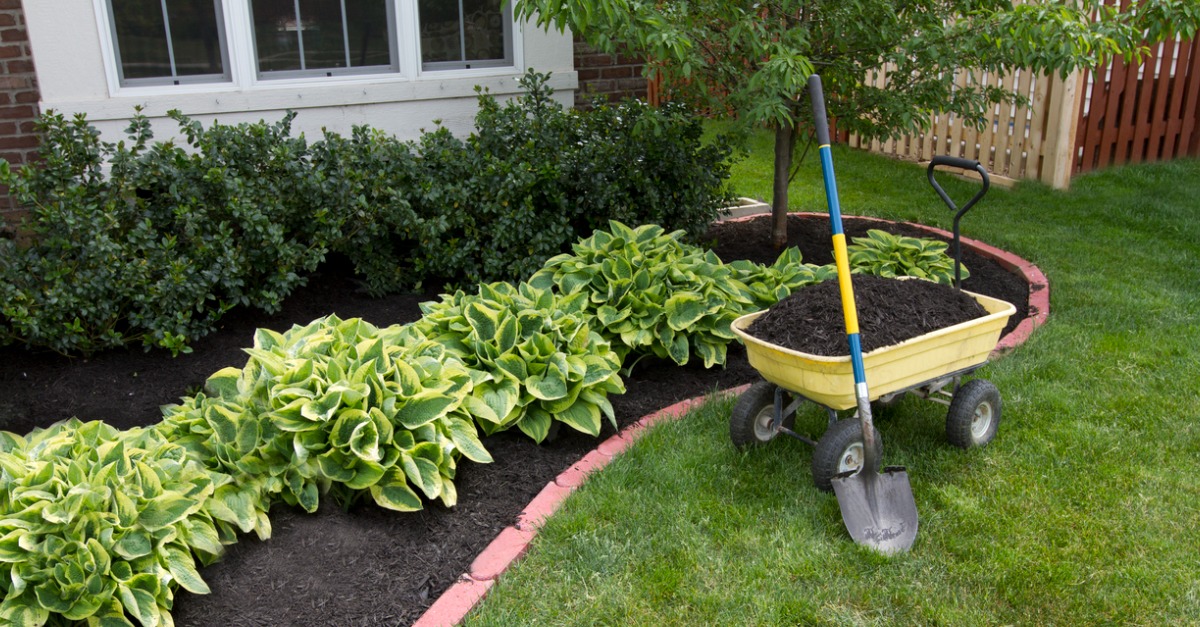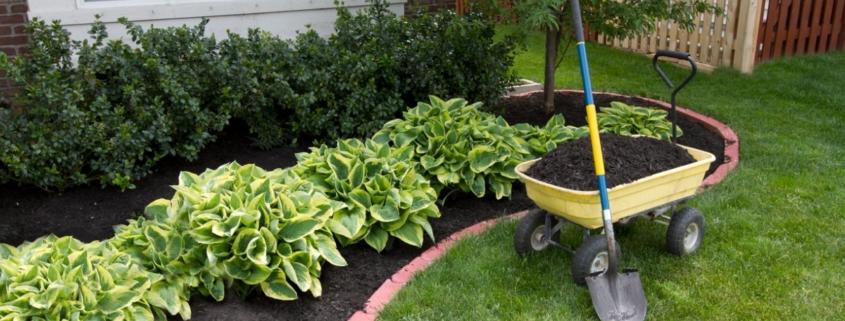Want the Best Yard in the Neighborhood? Read This First
Drive down any residential street and it’s easy to pick out the most pristine yard on the block. These picture-perfect front lawns are the subject of envy throughout suburbia, and many neighbors often wonder, how do they do it? It may seem like magic, but having the best landscape on the street is actually achieved through a few simple steps.
Landscape strategically
An aesthetically pleasing yard starts with the right landscape design, which is based on several basic principles:
- Proportion: The size of individual landscape elements should align with the size of the overall space. For instance, smaller yards will call for species that can be easily contained, whereas more expansive layouts can accommodate sprawling shrubbery, as well as trees that grow wider or taller.
- Transition: For the best visual impact, elements of your landscape should flow, rather than starting or stopping abruptly. Trees and shrubs can be placed to offset hard lines of construction features, such as fence corners or driveways.
- Cohesion: While beautiful landscapes have variety, colors and textures should complement each other instead of clash.
- Rhythm: Use repetition to draw the eye to various points of your landscape. For instance, you might place a row of ornamental trees to border a fence, or line your walkway with a series of tulips.
- Balance: Plants shouldn’t be all of the same color, shape, or size throughout your landscape. Instead, strike a balance that offers variety but overall cohesion with complementing hues and patterns.
Use mulch to your advantage.
Mulch can benefit your yard in several ways. For one, it helps to define spaces such as flower beds and areas around your trees, which creates clean lines. For another, mulch allows plants to thrive by protecting roots against extreme temperatures, suppressing weeds, and aiding in water retention.
Mulch can be especially beneficial for newly planted trees by providing insulation, preventing root competition, and reducing damage from lawn mowers and weed whackers. To mulch around a tree, remove all grass within a three-foot radius (or up to ten feet for larger species). Lay natural mulch such as bark or wood chips in the space at a depth of two to four inches. Keep a slight buffer around the tree trunk, and avoid placing the mulch directly against the tree’s base.
Care for your grass
A lush, healthy lawn is a must-have feature for an attractive yard. Optimal grass growth calls for a few basic practices, including mowing to the right height, watering on a set schedule, aerating, and seeding. You may also want to apply a weed control product specific for your grass type.
There are several common types of grass species in Georgia, including Bermudagrass, Centipedegrass, St. Augustinegrass, Turf-Type Tall Fescue, and Zoysiagrass. Start by identifying yours to determine the best care approach.
Don’t forget your trees
When so much focus is placed on your lawn, it’s easy to overlook what’s above. But the limbs, leaves, and small branches on your established trees need care, too. In fact, tending to them is an important aspect of overall landscape care. After all, a downed branch could destroy other aspects of your property, and a compromised tree could create issues like pests, fungus, or disease that could spread to otherwise healthy plants.
While you can DIY many aspects of lawn care to achieve and maintain the most beautiful property on the block, tree care is best left to the professionals. From pruning to removal and stump grinding, our experts have all your tree needs covered. Schedule an appointment by calling 404-252-6448 or by contacting us online.










